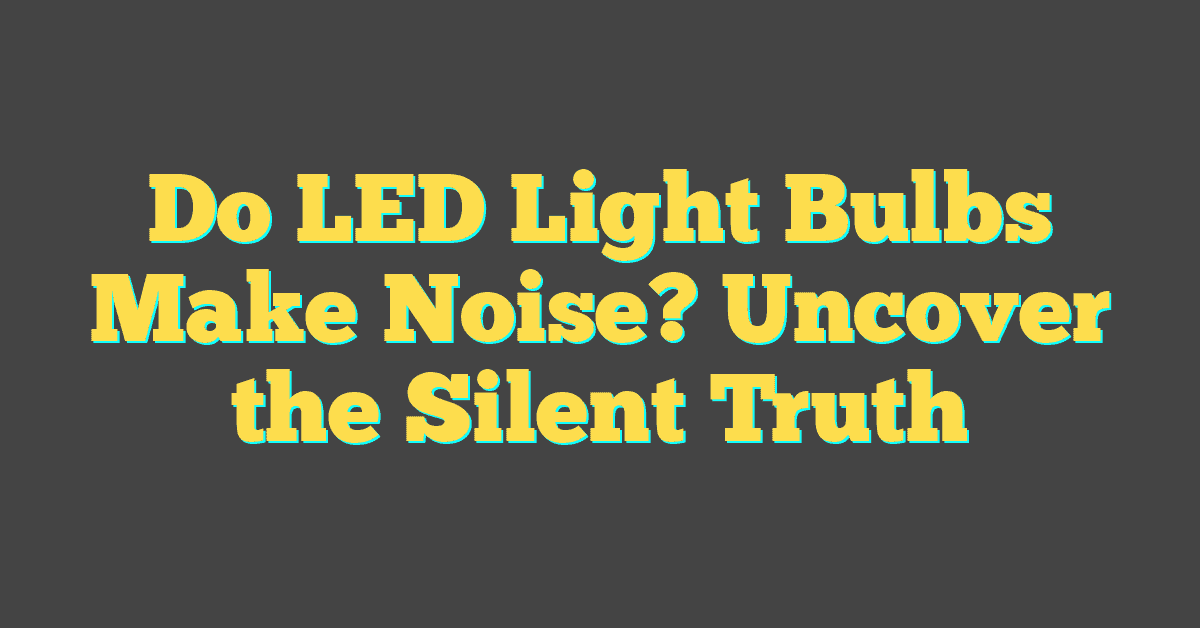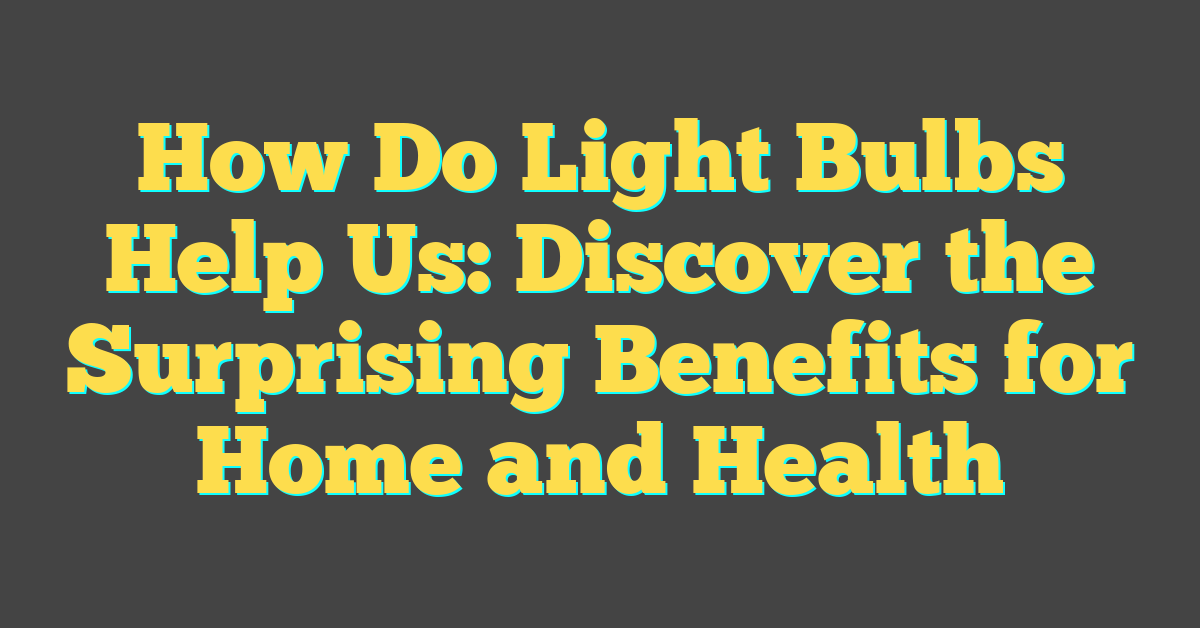Imagine life before the flick of a switch could bathe a room in light. Before Thomas Edison’s iconic invention, your world after sunset was limited to the dim glow of candles or gas lamps. The invention of the light bulb sparked a revolution, illuminating the dark and transforming every aspect of human life.
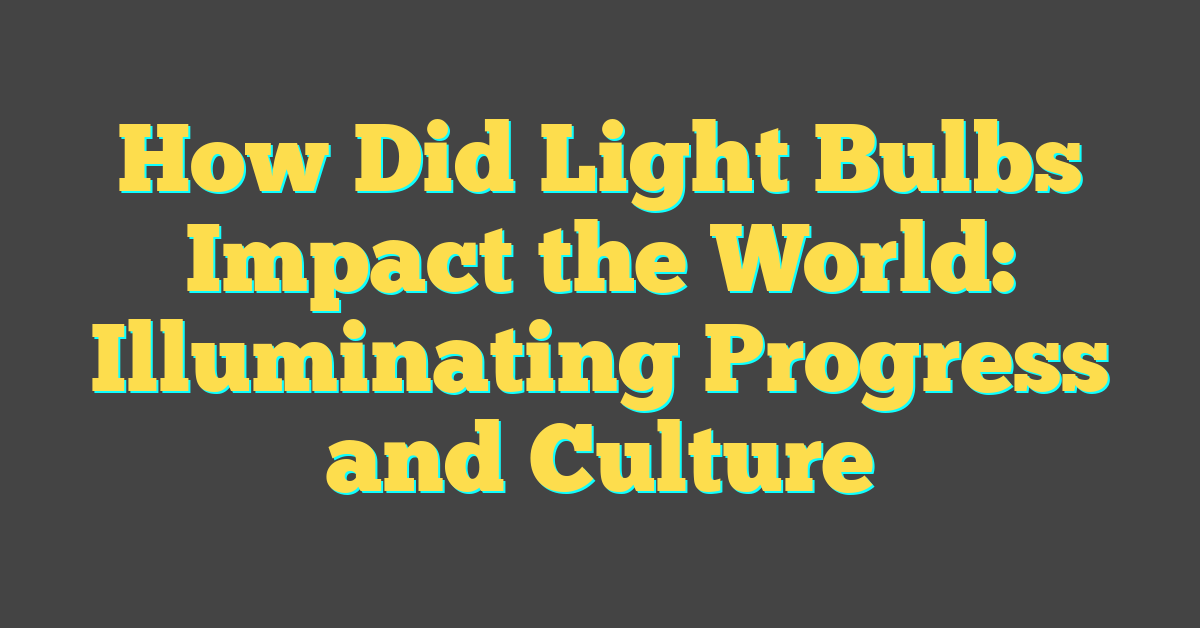
With the advent of electric light, your productivity soared, no longer bound by daylight hours. Cities never slept, industries thrived around the clock, and homes became havens of comfort. The light bulb didn’t just chase away the night; it ignited a cultural and economic metamorphosis that you’re still riding the waves of today.
It’s hard to overstate the light bulb’s impact on society. From the way you work and play to how you learn and interact, this simple yet profound invention has been a beacon of progress. Let’s shed some light on how this bright idea changed the world forever.
The importance of light bulbs
When you think about the everyday conveniences that you often take for granted, the humble light bulb likely tops the list. As a shining beacon in the dark, light bulbs have had an incredible impact on our lives. As an expert in lighting, with a penchant for DIY projects, the marvels of this little invention are not lost on me.
First and foremost, light bulbs extended the day, offering illumination well after the sun set. No longer bound by daylight, you’ve gained the freedom to work, read, or indulge in your favorite hobbies any time you please. Picture your late-night DIY home projects; they’d be rather challenging by candlelight, wouldn’t they?
In addition to extending your productive hours, light bulbs have drastically improved your safety. Streets and homes are lit at night, reducing accidents and deterring crime. The sight of a well-lit porch or a softly glowing lamp in a window is a subconscious signal of safety, a testament to how light has become a harbinger of security.
Health and wellbeing have also seen monumental benefits. Prior to light bulbs, burning fuels like oil and gas indoors for light was common, but it compromised air quality. The clean light of a bulb has eradicated that issue. Plus, with advancements in lighting like full-spectrum light bulbs, you can now mimic natural sunlight and potentially reduce the effects of Seasonal Affective Disorder (SAD).
Industry and innovation, too, owe much to this invention. Bright, consistent light in factories has enabled precision and efficiency, revolutionizing production processes. Without light bulbs, modern manufacturing practices as you know them would be virtually impossible.
Here are few key takeaways highlighting the importance of light bulbs:
- Prolonged working and leisure hours
- Enhanced night-time visibility for safety
- Boosted health by improving indoor air quality
- Fueled advancements in industrial processes
Next time you flick on a switch, take a moment to consider the wondrous impact this unassuming glass sphere has had. Whether you’re replacing a recessed light in your living room or admiring a city skyline, remember the light bulb’s pivotal role in shaping your illuminated world.
The evolution of light bulbs
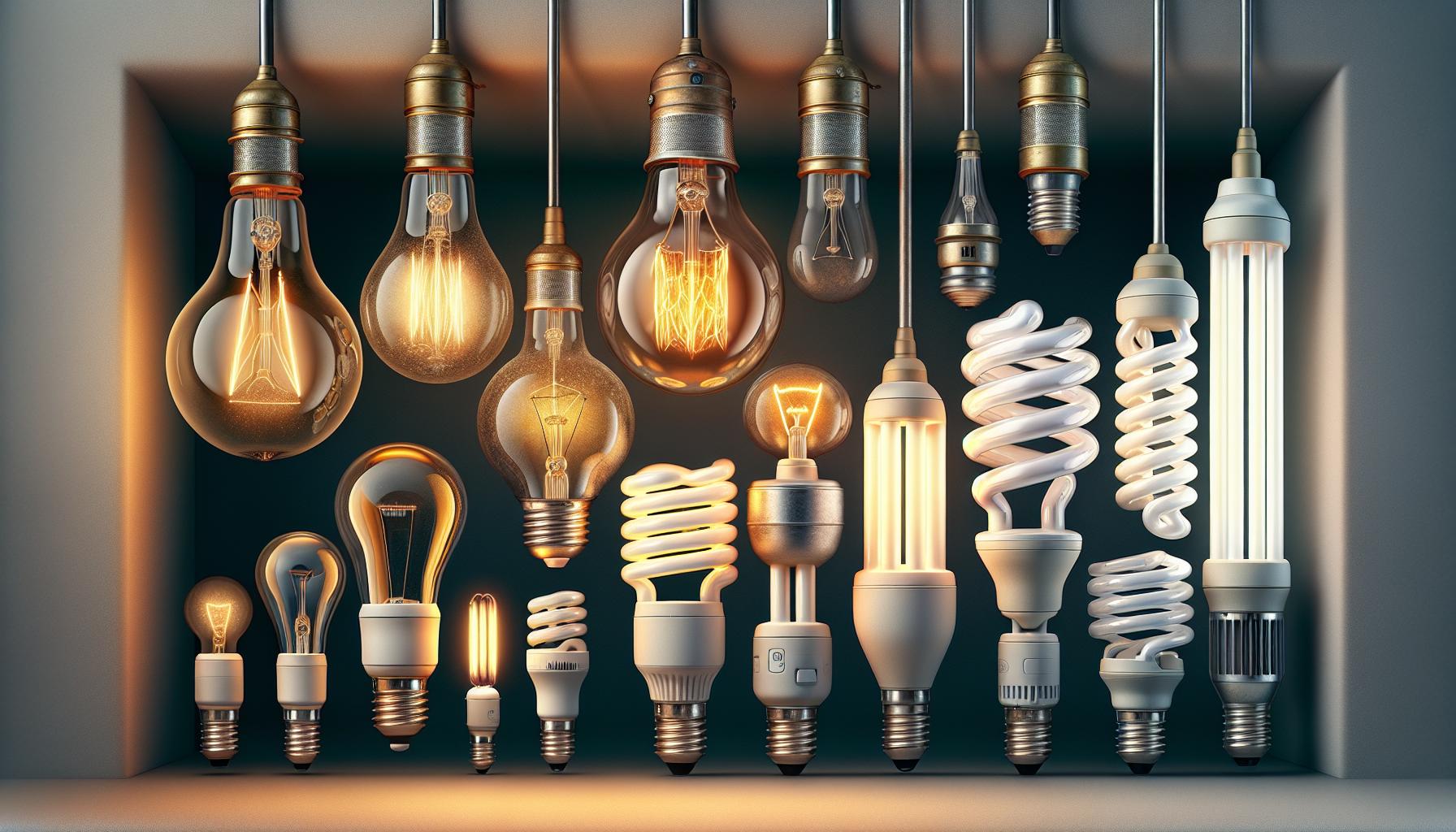
When you think about how light bulbs have impacted the world, you can’t help but marvel at their evolution. What started with Thomas Edison’s incandescent bulb has undergone a transformation that’s nothing short of extraordinary. In the late 19th century, your only option for lighting was based on a simple filament set inside a glass vacuum. Fast forward to the present day and you’ll find an array of options, from halogen to fluorescent to the latest in lighting innovation: LEDs.
Incandescent bulbs were the backbone of artificial lighting for years. Their warm glow was familiar and inviting, making them a staple in homes. However, they weren’t the most energy-efficient option. That’s where compact fluorescent lamps (CFLs) stepped in. Introduced in the 1980s, CFLs used less electricity and lasted longer than their incandescent counterparts. But even then, there was room for improvement.
Enter Light Emitting Diodes (LEDs). These light bulbs are the epitome of lighting efficiency. Not only do they consume a fraction of the energy, but they also boast impressively long lifespans. LEDs have allowed you to bring lighting into your DIY projects that would’ve been unimaginable years ago.
On the horizon are advancements like smart bulbs; lights you can control with your smartphone. These bulbs aren’t just about turning on or off; they can change colors to suit your mood, sync with your music, and even integrate with your overall home automation system.
| Bulb Type | Efficiency | Lifespan |
|---|---|---|
| Incandescent | Low | 1,000-2,000 hrs¹ |
| CFL | Moderate | 8,000-20,000 hrs¹ |
| LED | High | 25,000-50,000 hrs¹ |
« Is Light Bulb a Good or Service? Unveiling the Truth Behind Your Lighting Choices
Difference Between Light Bulb Bases: Unlock the Mystery of Pin Spacing »
¹ Average performance metrics.
The paradigm shift in lighting technology not only makes your living space more versatile but also contributes to the global initiative of energy conservation. By understanding the historical significance and the technological leaps in the evolution of light bulbs, you can better appreciate just how far this luminary journey has taken us. Whether you’re outfitting a reading nook or planning an elaborate outdoor lighting setup for your home, the advancements in light bulb technology empower you to create the perfect ambiance with efficiency and style.
The impact on productivity and efficiency
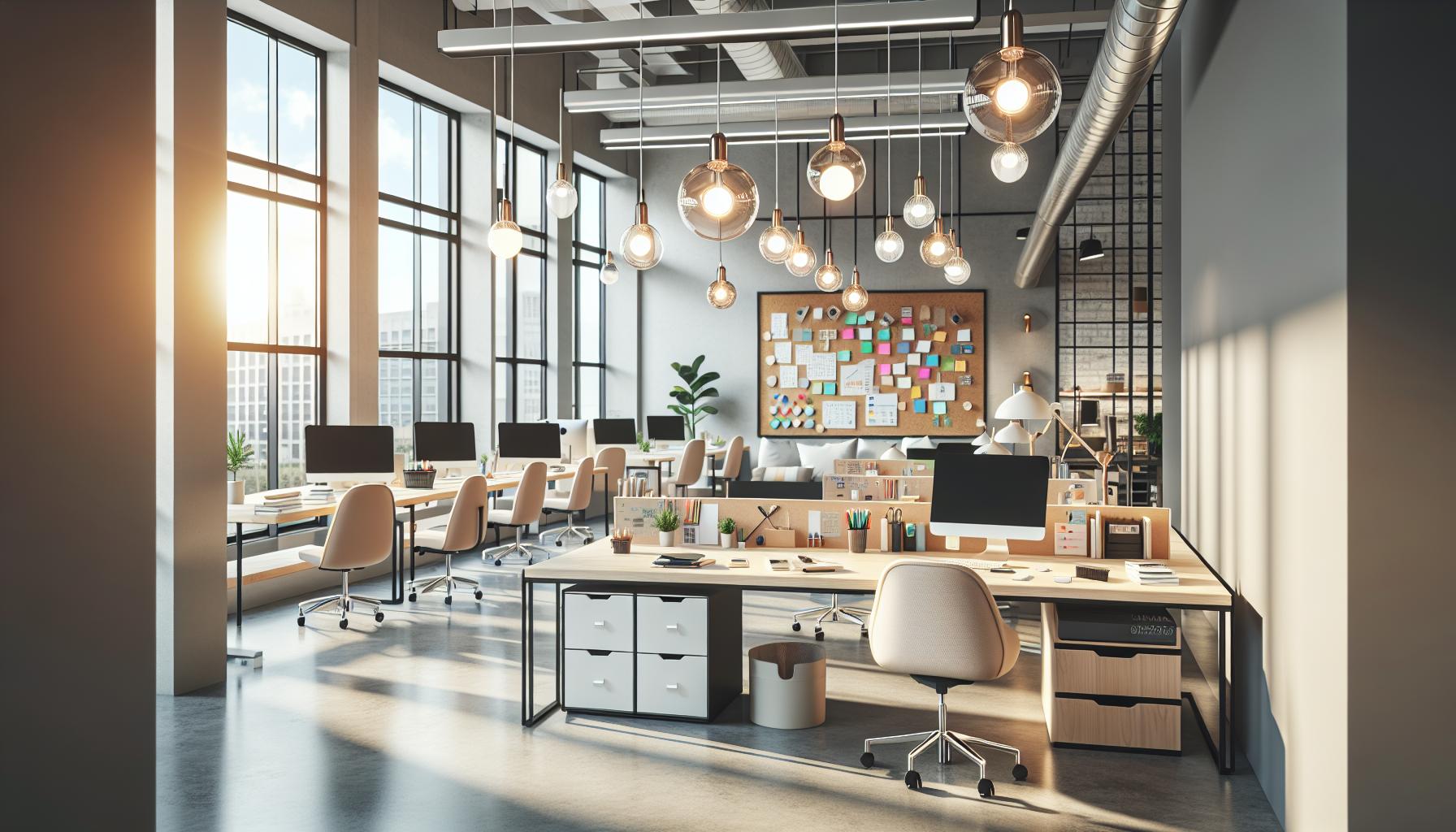
Ever since the dawn of Edison’s revolutionary invention, light bulbs have dramatically boosted productivity across countless domains. Before electric lighting, work was confined to daylight hours, drastically limiting the time people could be productive. But with the advent of the light bulb, factories and workplaces lit up around the clock, catalyzing a seismic shift in how—and when—people engaged with their tasks.
Think about your own home DIY projects, for instance. Before the convenience of well-lit spaces, could you imagine trying to decipher the complexities of a circuit board or the subtleties in shades of paint in the dim glow of a candle or lantern? It’s light bulbs that enable you to tinker, repair, and create long into the night.
In the office, the benefits have been just as striking. Artificial lighting reduced eye strain and made reading small print less of a chore. Efficiency isn’t just about more hours in the day – it’s about the quality of those hours. Bright, flicker-free light bulbs have transformed workplaces into environments where focus and alertness reign supreme.
- Pre-light bulb
- Post-light bulb
Furthermore, LEDs have reshaped energy use in lighting, thanks to their superior efficiency over incandescent and fluorescent bulbs. Here’s a breakdown comparing the three:
| Bulb Type | Energy Use (Watts) | Lifespan (Hours) |
|---|---|---|
| Incandescent | 60 | 1,000 |
| Fluorescent | 14-55 | 7,000 – 15,000 |
| LED | 6-8 | 25,000 – 50,000 |
These figures aren’t just numbers—they’re indicators of a larger trend towards sustainability and reduced operational costs in both homes and businesses.
Light has not only changed the way we work and create but continues to perform as a pivotal tool in our relentless pursuit of productivity and efficiency. With every luminary leap from incandescent to fluorescents, and now to LEDs and smart bulbs, we don’t just brighten spaces—we unlock potential, optimize tasks, and redefine what’s possible in our daily lives.
The transformation of cities
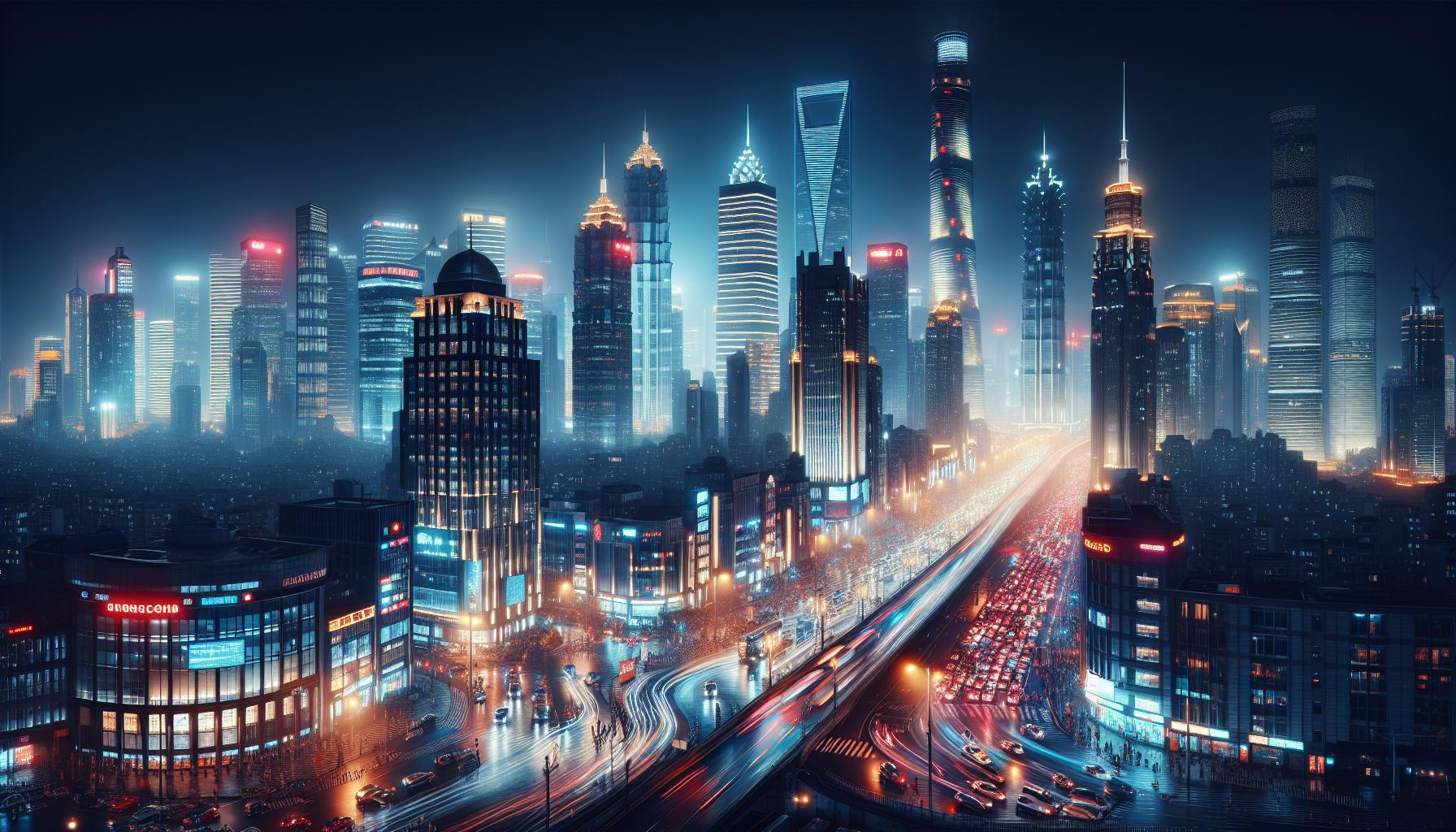
If you’re a night owl or someone who thrives in the vibrancy of city life, you’ll appreciate the role light bulbs have played in transforming cities into the bustling metropolises they are today. Before the advent of artificial light, cities were at the mercy of the sun’s schedule. When dusk fell, activity would simmer down as visibility diminished. Now, imagine walking through New York’s Times Square at midnight, basking in the glow of neon signs and electronic billboards – all thanks to the humble light bulb.
With the introduction of street lighting, safety in cities took a significant turn for the better. Streets that were once havens for criminal activity at night became less threatening. People felt more secure stepping out after dark, knowing the pathways were illuminated. Consider this a nod to your DIY security lighting project at home – the feeling of safety that it brings is echoed on a larger scale in urban environments.
Light bulbs also paved the way for extended shopping hours and nighttime entertainment. City dwellers could enjoy cafes, theaters, and shops long after sunset, boosting the local economy and catering to various lifestyles.
Let’s take a moment to marvel at city skylines, wouldn’t you? They’re an iconic testament to the power of lighting in architectural expression. Picture the Eiffel Tower’s twinkling display or the steady beam of the Lighthouse of Alexandria in ancient times. Both, in their own ways, demonstrate the captivating allure of strategically placed lights.
It’s also interesting to consider how different types of light bulbs brought about different vibes in cities. Warm incandescent lights gave restaurants a cozy atmosphere, while bright LEDs framed modern art installations. Each type of bulb became a part of the city’s character, contributing to unique visual and sensory experiences.
As you ponder your next home DIY lighting project, think about the broader implications of those very lights. They’re not just bulbs and fixtures; they’re elements that shape experiences, dictate activities, and contribute significantly to the aesthetic appeal and functionality of spaces, from your living room to the sprawling streets of a lively city.
The influence on daily life and culture
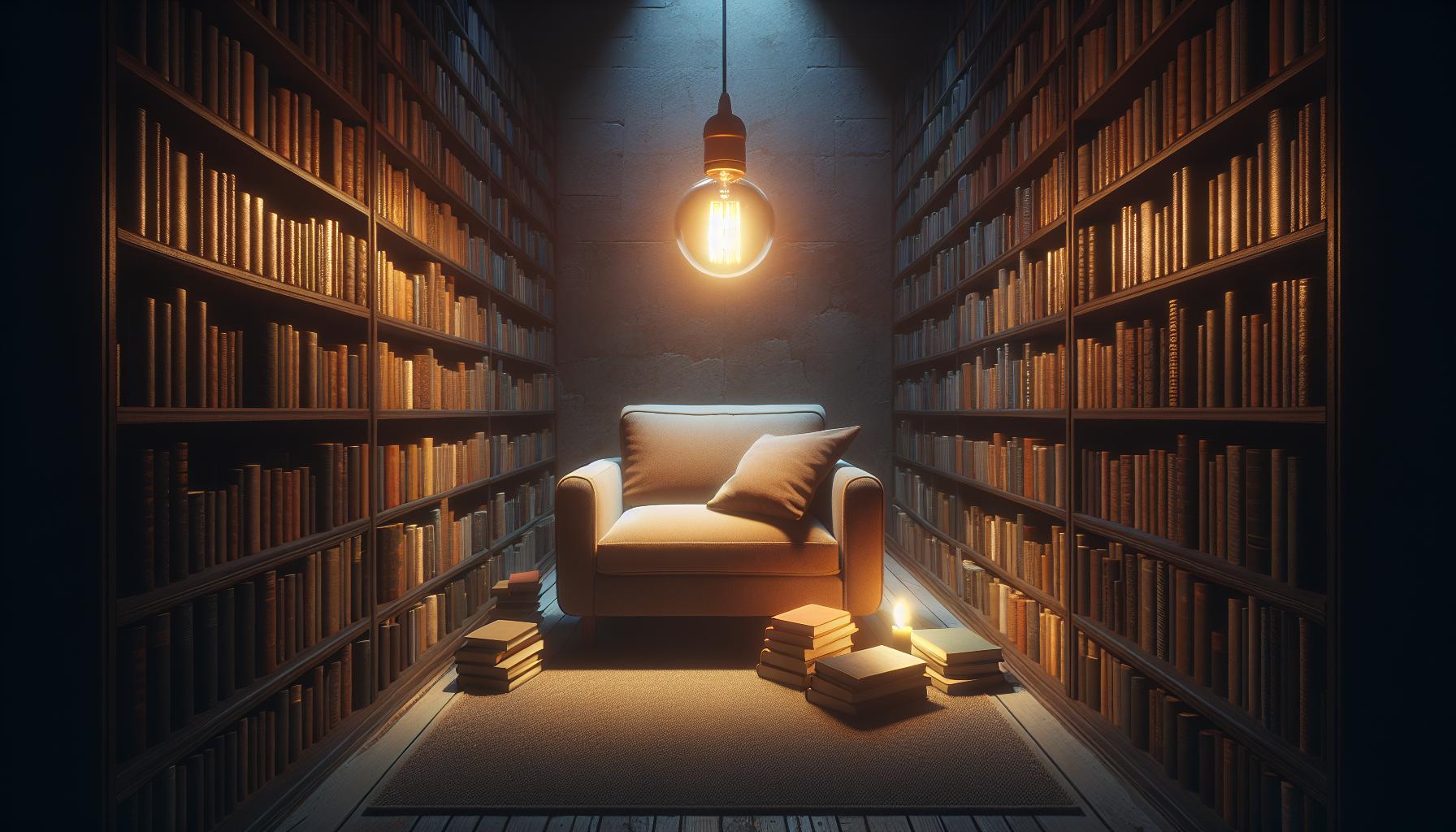
Imagine a world where your ability to manage daily tasks, enjoy books, or simply gather with friends is bound by daylight’s mercy. It’s hard to picture, isn’t it? Thanks to the humble light bulb, your life has been unshackled from the sun’s timetable. This revolution in lighting didn’t just brighten homes—it illuminated minds, allowing culture to flourish in new and vibrant ways.
Lighting the Path to Modernization, light bulbs have transformed not only how you see but what you do. In homes across the globe, artificial lighting extends the day, enabling you to pursue hobbies, catch up on work, or revel in quiet moments of relaxation whenever you choose. Picture the serene glow as you settle down with a book in your favorite nook—these simple pleasures are gifts from the evolution of light.
Beyond the walls of your home, artificial light has redefined the social fabric of society. Restaurants and cafes buzzing with life deep into the night, cityscapes twinkling with dynamic neon signs, and theaters casting luminous marquees for evening shows are all part of the cultural tapestry woven by light bulbs.
As a DIY enthusiast and lighting aficionado, you appreciate the magical effect lighting has on ambiance. Consider the soothing atmosphere of a dimly lit spa or the invigorating environment of a bright, lively gym. These carefully designed experiences are deeply influenced by lighting choices, each tailored to evoke specific emotions and behaviors.
And let’s not forget the festivals that rely on the magic of light: twinkling Christmas lights that embody the joy of the season, lantern festivals that signify unity and peace, and fireworks that signify celebration, all resonating with collective human sentiment. Light bulbs facilitate these cultural phenomena, turning moments into memories and nights into narratives.
Diving deeper into personal spaces, it’s clear that lighting plays a central role in home design, becoming an essential tool in setting the tone of a room. A strategically placed lamp or a well-chosen light fixture can transform the ambiance of a space, enhancing both its aesthetics and its functionality. As someone passionate about décor, you know the power of a perfect pendant light or a chic chandelier to tie a room together.
In shaping your interactions and experiences, light bulbs aren’t just illuminating your surroundings; they’re igniting imaginations, fostering community, and coloring your world long after dusk has settled.
Conclusion
You’ve seen how light bulbs aren’t just about chasing away the dark; they’re about shaping the world you live in. They’ve given you the freedom to craft your life around your own schedule, not the sun’s. Whether it’s the warm glow in your living room or the neon buzz of a city at night, light bulbs touch every part of your day. They’ve turned ordinary spaces into experiences and allowed culture to thrive in luminous new ways. So next time you flick on a switch, remember you’re not just lighting up a room—you’re igniting a world of possibilities.
Frequently Asked Questions
How have light bulbs impacted daily life and culture?
Light bulbs have profoundly affected daily life by extending the day, enabling a plethora of activities after dusk, from work to leisure, and significantly altering social interactions and cultural experiences.
In what ways do light bulbs affect the social fabric of society?
Artificial lighting from light bulbs has transformed social settings by illuminating restaurants, cafes, and cities at night, fostering a vibrant nightlife and altering the way we interact and socialize after dark.
How does lighting influence ambiance and behavior?
Lighting plays a crucial role in creating specific atmospheres, influencing emotions, and prompting behaviors. Different intensities and colors of light can evoke different feelings and responses, contributing to the ambiance of a space.
What role do light bulbs play in festivals and other cultural phenomena?
In cultural events like festivals, light bulbs serve to create visually stunning displays, set the mood, and draw communities together, becoming an integral part of the celebrations and shared experiences.
How is lighting central to home design?
Lighting is a vital element in home design that enhances both the aesthetic appeal and functionality of living spaces. It helps in defining areas, highlighting decor, and improving the overall quality of life within homes.



